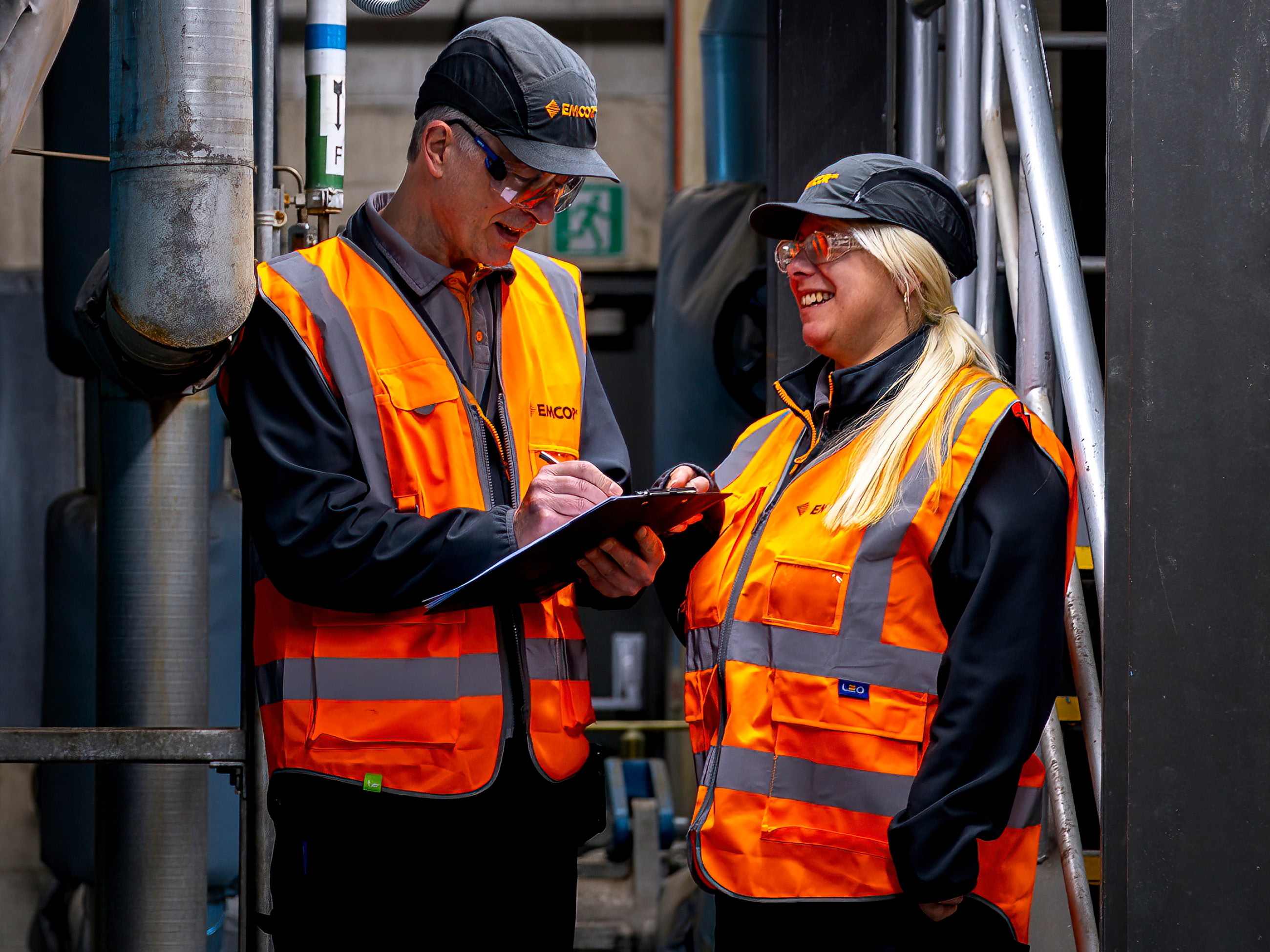Insights & News
Keeping you informed on the latest market trends, insights and about us.
-

Company News
Featured
EMCOR UK publishes 2025 ESG report
EMCOR UK has published its 2025 environmental, social and governance (ESG) report, documenting its ongoing commitments and progress made in 2024.
Read more -

Company News
Featured
EMCOR UK wins Five-year Total Facilities Management contract with Cadent
EMCOR UK has secured a five-year total facilities management contract with Cadent that covers 67 of its sites; including 50 staffed locations across the UK.
Read more
-

Blog
Engineering in 2026: smarter systems, sharper skills, stronger connections
To mark National Engineering Day on 5th November,…
Read more -

Blog
How Facilities Managers can become a critical line of defence in cybersecurity
Chief Technology Officer James Dunnett explores how the…
Read more -

Company News
EMCOR UK publishes 2025 ESG report
EMCOR UK has published its 2025 environmental, social…
Read more -

Blog
Data centre delivery: why consistency matters from design to day-to-day operations
Director of data centres Steve Clifford explores how…
Read more -

Blog
Why Facilities Management should underpin your net zero success
Executive director of ESG Kam Singh explores the key…
Read more -

Whitepaper
Optimise FM with AI
How can AI help to optimise your facilities management?
Read more -

Blog
Why now is the time to rethink asset management
Jessica Rauf-Thomas, head of operational asset…
Read more -

Blog
How the Apprenticeship Levy can address the UK skills gap
Natalie Henderson, apprenticeship manager describes how…
Read more
Ready to talk to us?
We deliver effective facilities management solutions to organisations in a variety of industries, offering specialist and professional services to our customers. If you have any questions or would like further information about our facilities management services, reach out to the EMCOR UK team today.
Get in touchStay ahead with industry updates
Exclusive updates, thought leadership and insights from our experts, direct to your inbox.
